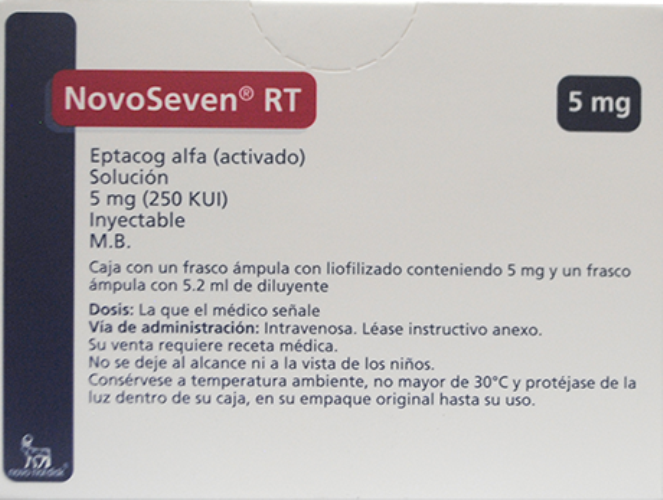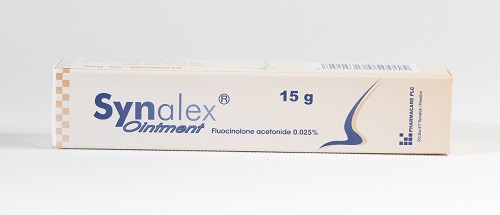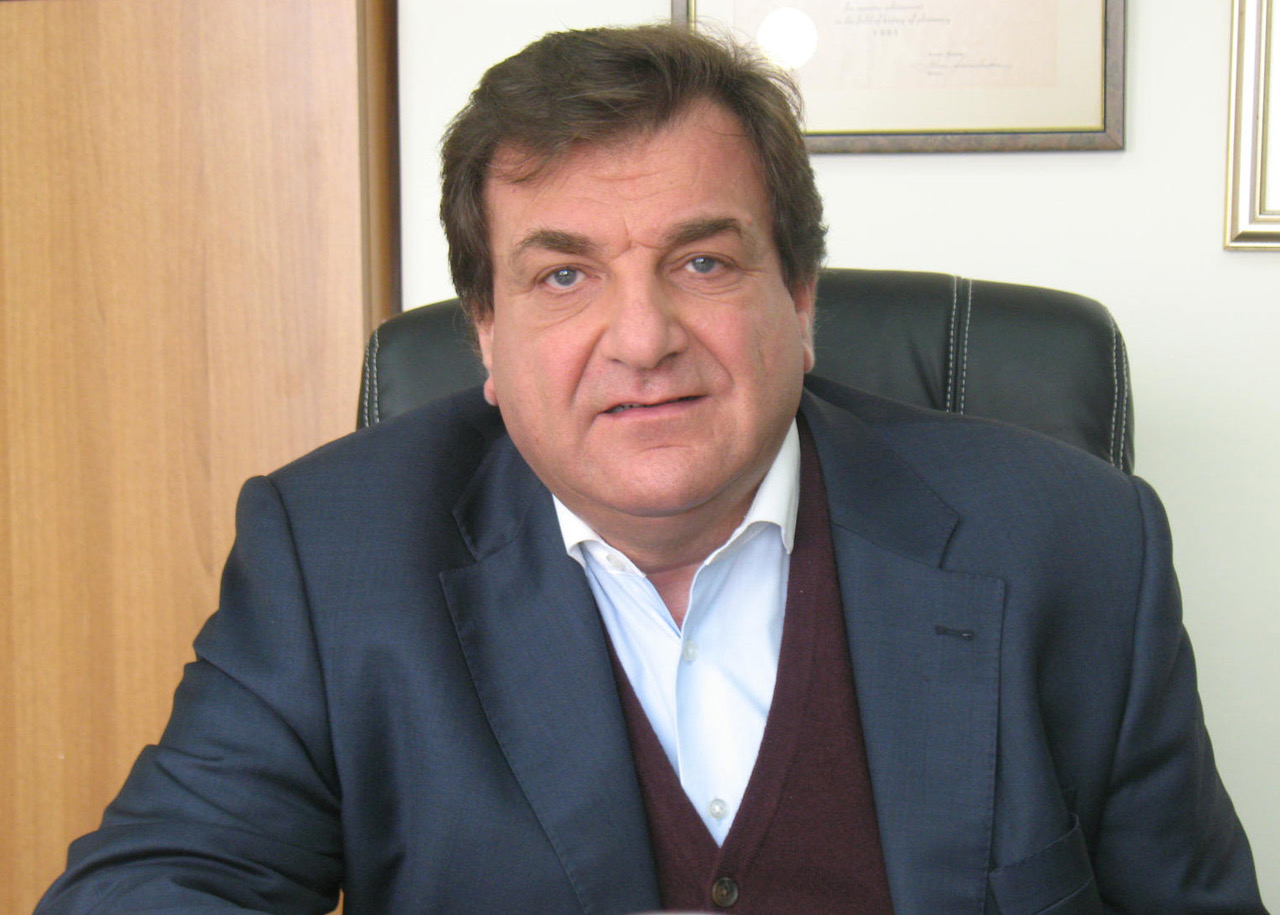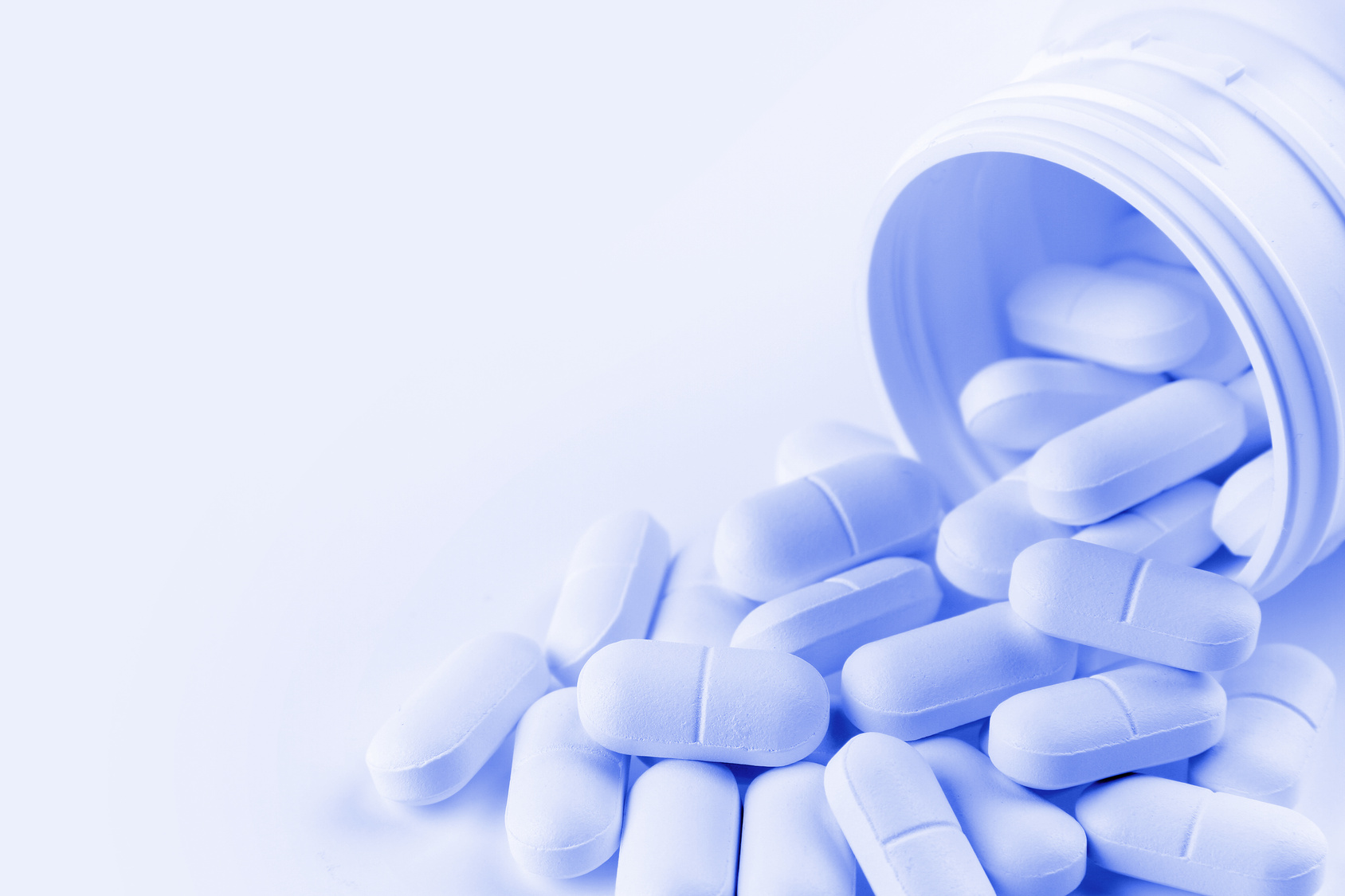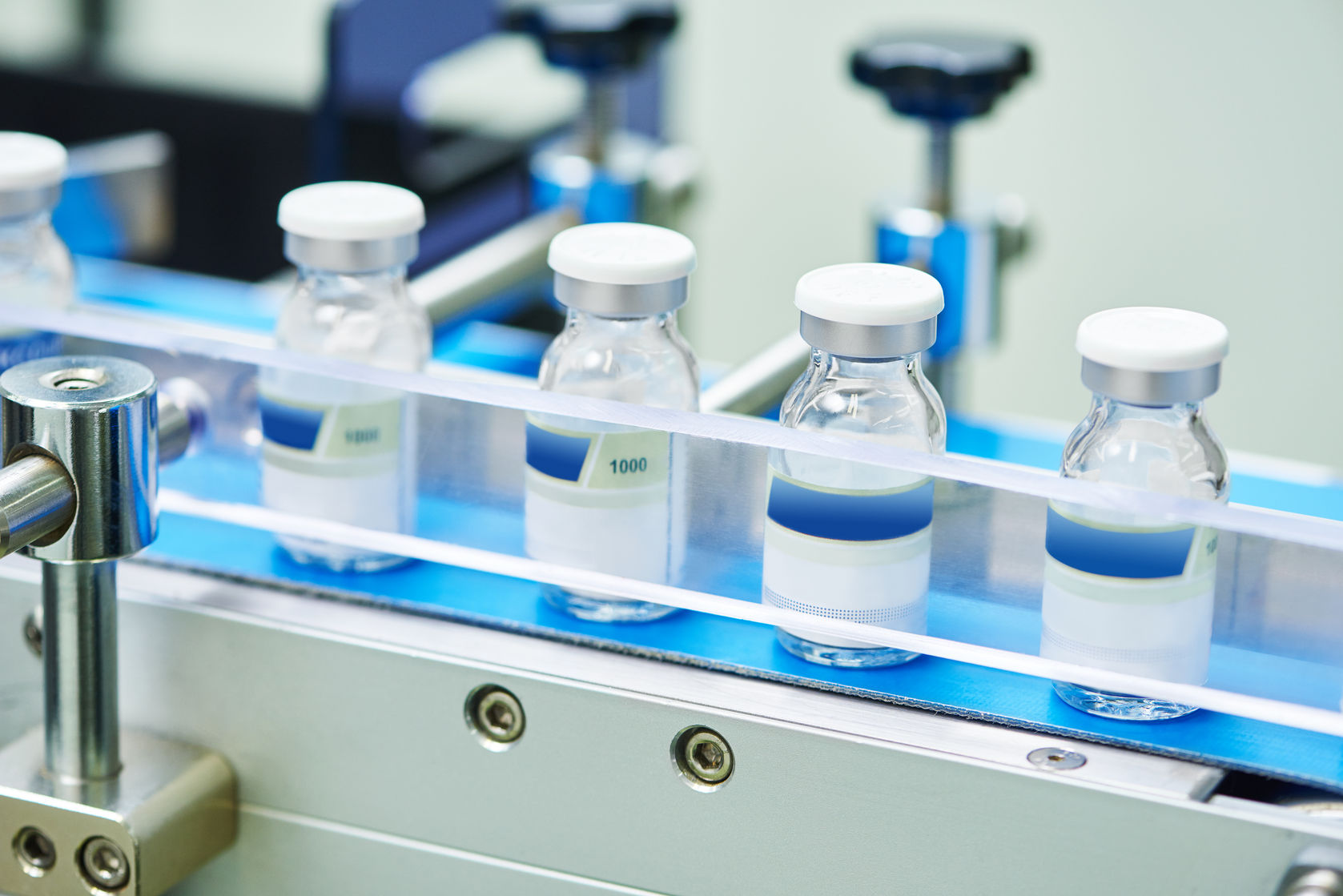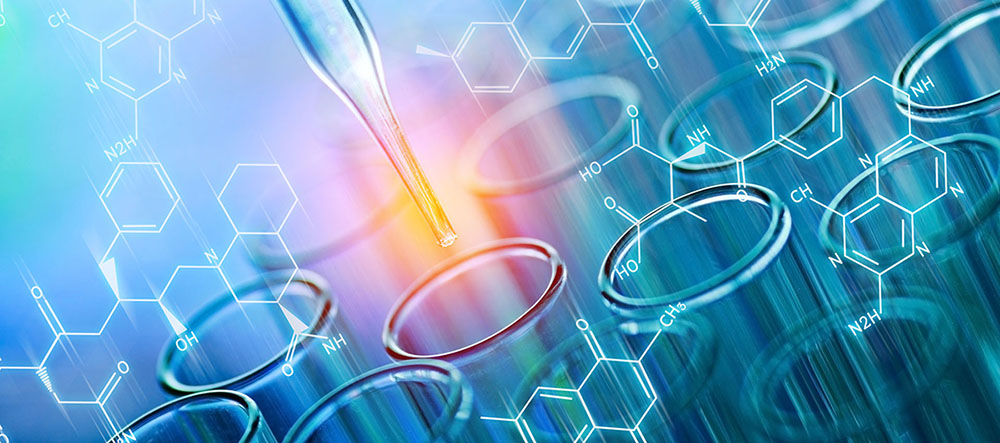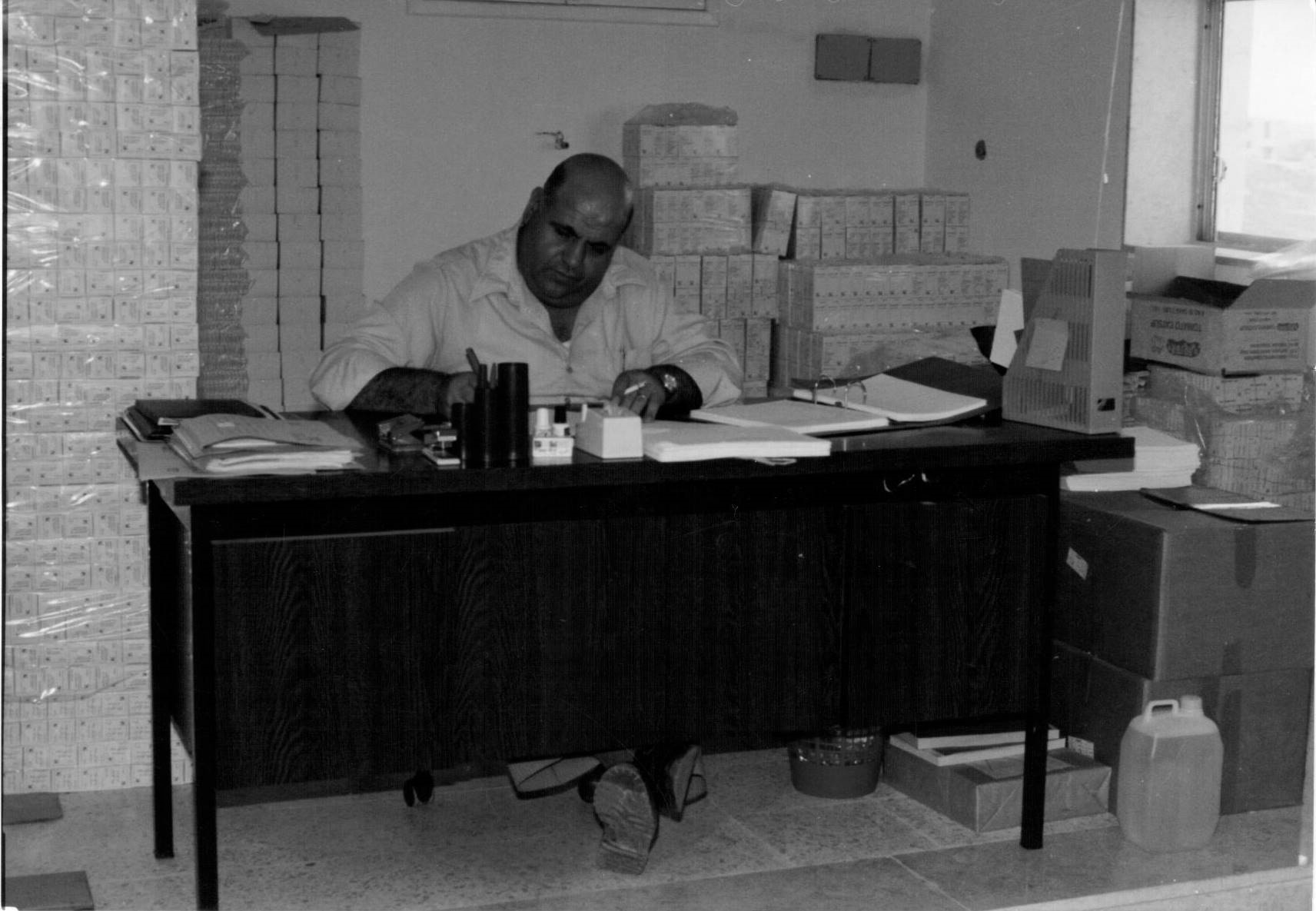The last period has demonstrated significant organisational and technological upgrades in the framework for cooperation within both Research and Technical Development. Despite the discrepancies in modes of research, the two departments can share research facilities, technologies and discoveries when working together on internal projects. As a leader in domestic generic manufacturing, the technical development has been dominant throughout the past few decades, though novelty research has recently marked a pronounced step under the supervision of Dr. Sana' Mousa. Further of significance is the research unit at Pharmacare Premium setting the basis for the successful implementation of our personalised oncology healthcare strategy.
Our Research Model:
Our Research Model is subdivided into 15 interrelated stages, cumulatively pouring into our novelty Pharmacare brands of which will be either licenced out or locally and internationally distributed via Pharmacare PLC, sister companies and international collaborators.
Target selection is based on the identification of a locally related phenomenon for which a potential therapeutic agent has been recognised. The isolation and purification of lead compounds are tested, both in vivo and in vitro, prior to moving to human tests abiding by the FDA and other international guidelines.
Stability analysis by means of pilot batches is carried out to confirm suitability of the formulation and to determine optimal manufacturing conditions and shelf-life. This is followed by the validation of three consecutive batches under production environmental conditions, thus to determine the best parameters for the production of constant batches. The stability of the Validation batches will be studied through accelerated and long term paths to determine the shelf life of the new compound and the recommended storage conditions.
After passing the required clinical studies, documentation is then filed to the Ministry of Health pending release and permitted commercialism.
Depicting Our Research Model
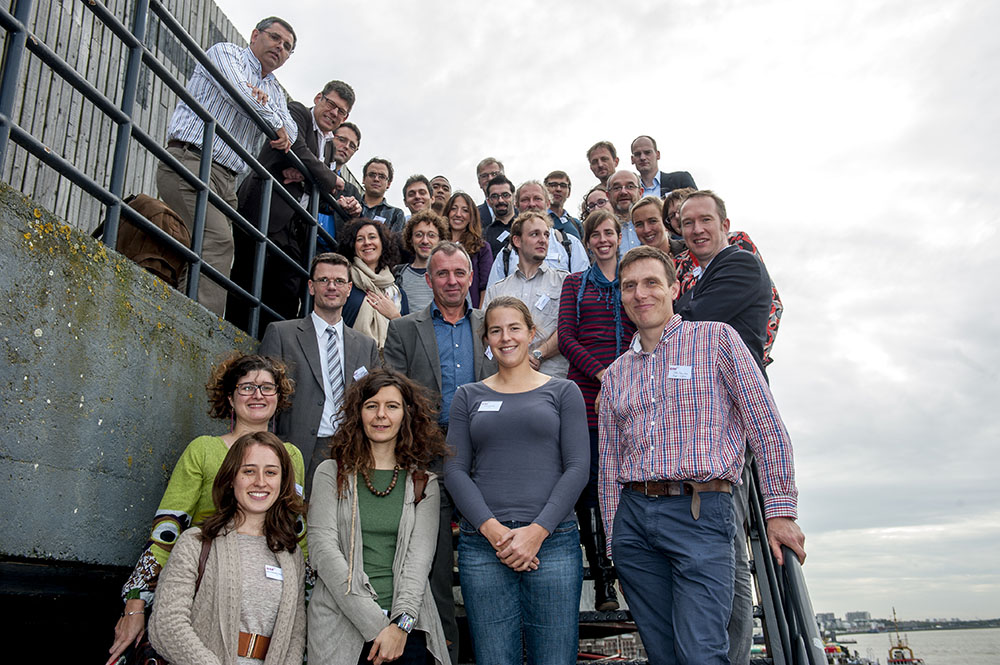

Early Trials Research
- Research & Target selection.
- Early Trials Formulation Analysis.
- Invitro Testing.
- In Vivo Testing.
- PhAse I Clinical Trials.
- PhAse II Clinical Trials.
- PhAse III Clinical Trials.
- Filing to MOH.
Late Trials Research
- Early Trials Stability Analysis: Stability of the new drug is studied under normal and accelerated conditions to determine the best storage conditions and shelf life of these compounds. This studies will be carried out for pilot batches.
- Validation Batches in Production : The validation of three consecutive batches under production environmental conations will be carried out to determine the best production parameters and environmental conditions for the production of constant batches.
- Stability of Validation Batches: The accelerated and long term stability will be studied for the full production batches to determine the shelf life of the new compound and the recommended storage conditions.
- File submission to MOH for registration.
- MOH Release.
- Start Production & marketing.
T&D Model
Our Technical Development Model is subdivided into 10 interrelated stages, cumulatively pouring into our range of generic pharmaceuticals  developed by the Pharmacare Group and distributed locally and internationally via Pharmacare PLC, sister companies and international collaborators.
developed by the Pharmacare Group and distributed locally and internationally via Pharmacare PLC, sister companies and international collaborators.
Targets are selected based on the approval of the internal Science and Technology Committee, whereby drugs are recommended in contingence upon strategic planning criteria. In adherence to the closest possible originator components on selecting similar excipients and API, the physical and chemical properties API research are implemented at the early stages of research. Early trials comprise the formulation of distinct formulae and the conclusion of in-vitro analysis and stability studies to choose the most viable formula accommodating optimal conditions.
The development method of analysis and validation according to the regulations is devised according to which stability studies are performed via the accelerated route of six months and the longer-term conditions of 12 months.
GMP facilities are then recruited for holding bioequivalence studies, which provided are passed, should lead towards CTD registration pending MOH release, marketing and commercialising.
Depicting Our Development Model


